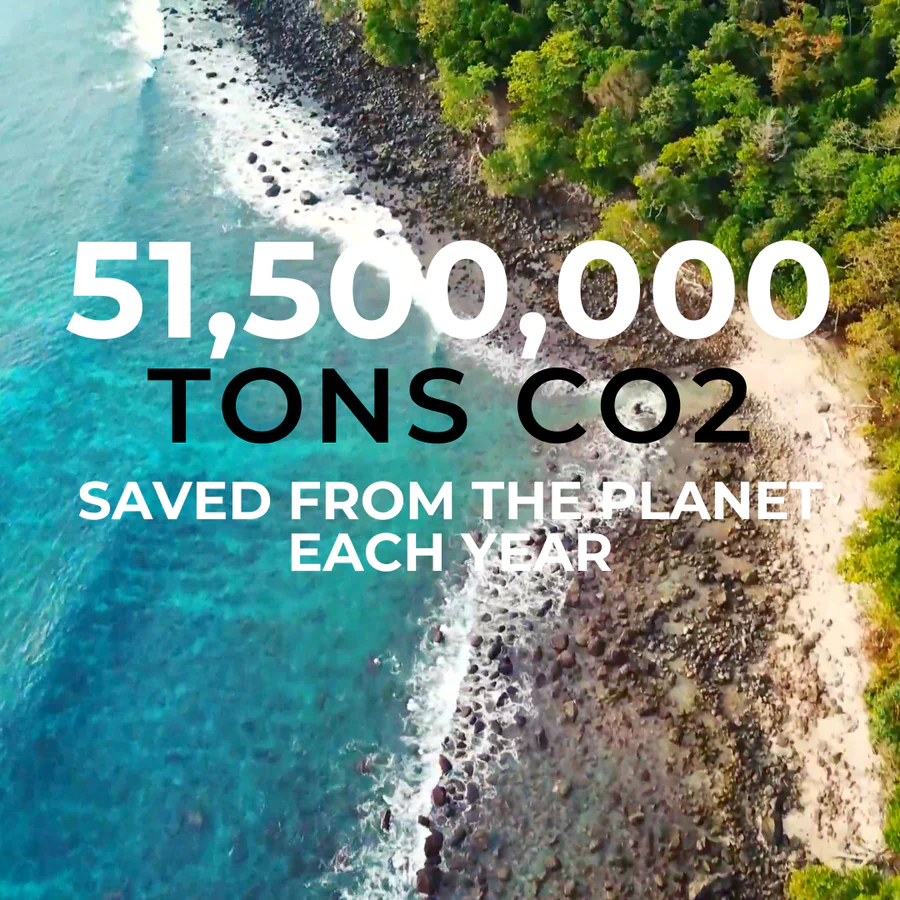
Natural gas is widely used in North America as a fuel for heating homes, offices and industrial processes. In fact, by analyzing data published by Energy Information Agency (EIA) and the Canada Energy Regulator (CER) we estimate that approximately 37% of the total natural gas consumption in the USA and Canada is combusted as fuel in the industrial, commercial and residential sectors. This corresponds to almost 35,000,000 MMBTU of energy per day, accounting for approximately 735,000,000 tons per year of CO2 emissions.
As we’ve written about before, natural gas can be partially decarbonized by blending with low carbon hydrogen, such as the hydrogen produced by Nu:ionic low cost, low carbon process. This would allow us to lower carbon emissions relatively quickly and with limited disruption to consumers, while ramping up the production of low carbon hydrogen and achieving economy of scale on its adoption. When blended to 20% by volume into natural gas, CO2 emission is reduced by approximately 7%, which corresponds to approximately 50,000,000 metric tons per year of CO2 emissions eliminated from the atmosphere, which is equivalent to taking almost 11,000,000 cars off the road.
While there are still significant technical hurdles to cross, projects such as HyBlendTM in the USA is and HyDeploy in the UK are studying the impacts of blending hydrogen in smaller quantities into national grid pipelines. However, some newer regional grids are ready for 100% hydrogen today, and in many cases, 100% hydrogen can be replace the fuel gas networks in industrial sites with appropriate modifications to equipment, allowing large consumers of natural gas to go well beyond the blending criteria.
Nu:ionic’s pipeline decarbonization technology is a form of “pre-combustion carbon capture”, converting pipeline natural gas or fuel gas into 98% hydrogen, while producing a by-product stream of CO2 that can be reused in the industry as an industrial gas or process feedstock, or permanently sequestered.
Ready to take a step toward achieving your corporate net zero goals? Let’s talk, and together we’ll create a cleaner tomorrow, today.

